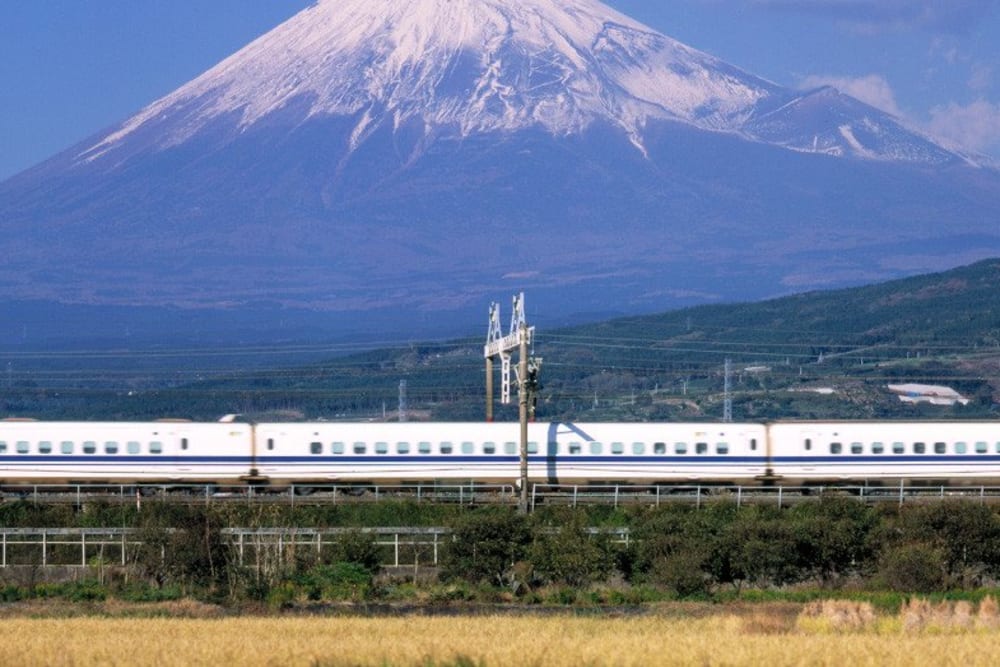eoff
Member
Does anyone have experience of traveling around Tokyo? I'm planning a week long trip in November and it seems I'm spoiled by cities in Europe where you can get day/72h etc. passes on all forms of public transport.
With Tokyo it looks like there are
Some of these options offer passes for different time lengths.
I'm trying to work out if I should use passes or try to get a digital travel card (Suica/Passmo) on my iPhone (I have never used the wallet feature before).
One thing I don't understand is if there is any sort of through ticketing between operators so you don't have to pay per segment, for example, private/JR/metro.
Would welcome any thoughts. I would expect to make multipe trips per day.
With Tokyo it looks like there are
- JR rail lines (one looks like a useful circular line)
- Metro (two companies)
- Private lines (including monorail)
Some of these options offer passes for different time lengths.
I'm trying to work out if I should use passes or try to get a digital travel card (Suica/Passmo) on my iPhone (I have never used the wallet feature before).
One thing I don't understand is if there is any sort of through ticketing between operators so you don't have to pay per segment, for example, private/JR/metro.
Would welcome any thoughts. I would expect to make multipe trips per day.


